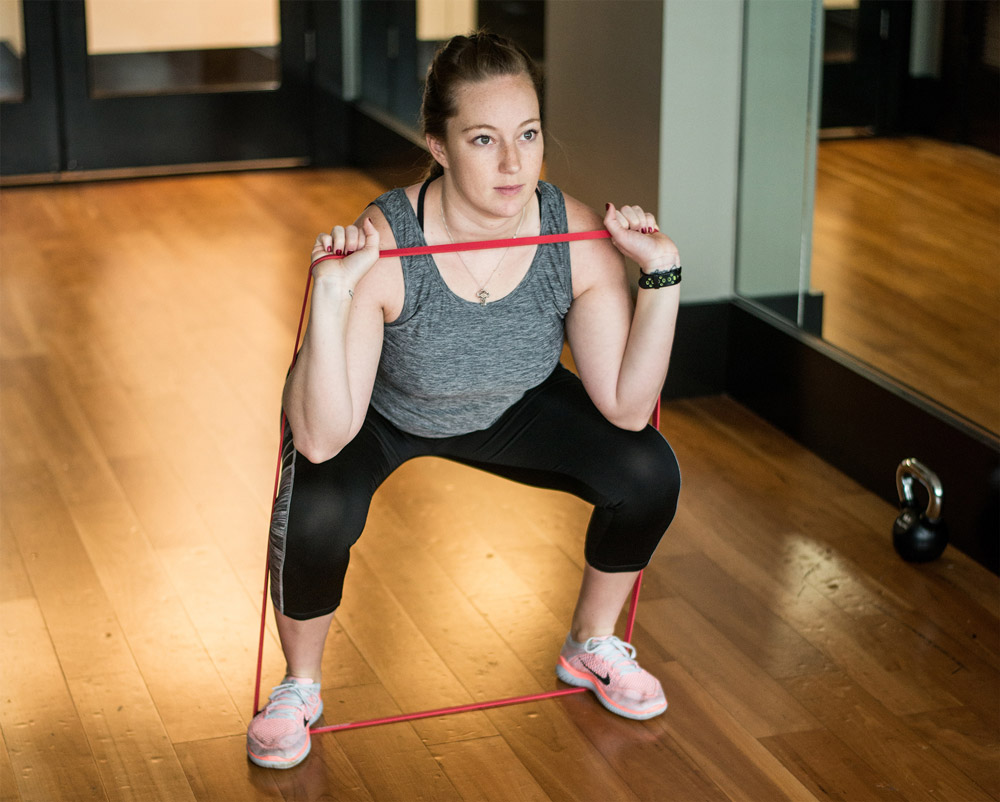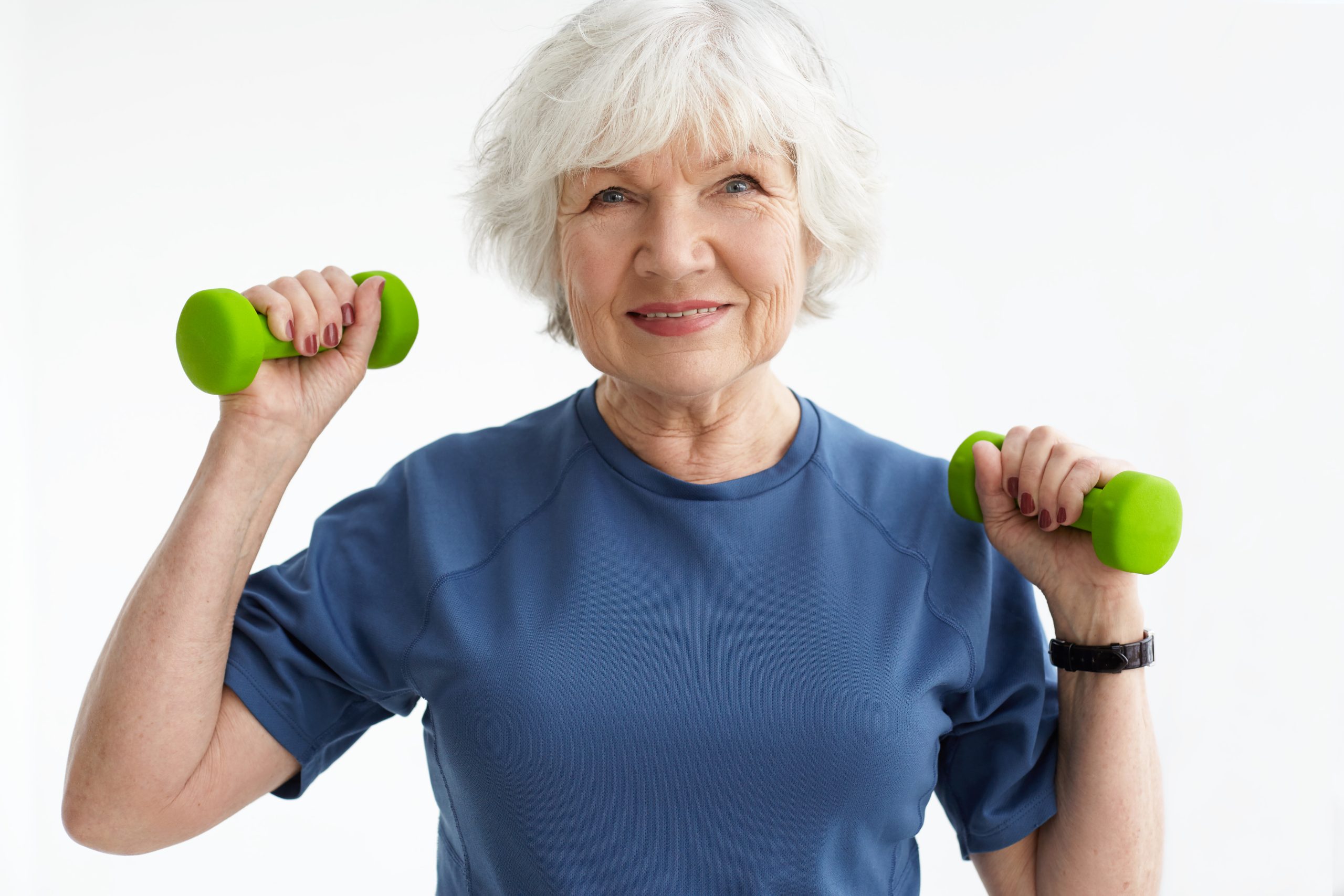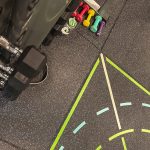
How to Improve your Vertical Jump Height
There are many reasons why, as an athlete, you would want to improve your jump height. Sports such as volleyball, track and field and basketball all require you to be able to jump high to get an advantage over your opponent. Additionally, when improving your jumping performance you will gain the added benefits of increased power, balance and agility which all contribute to your athletic performance.
There are several ways to improve your jumping power and technique including strength training, plyometrics and jumping technique. The three phases of training are elaborated on in detail in the following sections:
Phase 1: Strength
Strength training focusses on using resistance to increase the muscle strength and size. This is an important phase which will lay the foundation for the power based exercises which will be implemented in the following phases. It is important to focus on compound exercises which involve multiple muscle groups as these will provide the most benefit when increasing your vertical jump height.
Examples of some strength based exercises include:
- Squats
- Lunges
- Leg Press
- Calf raises
Phase 2: Plyometrics
Plyometrics, is a type of exercise which focusses on explosive and powerful movements such as jumping. This form of exercise has a high quality level of research to suggest that it improves muscle power and bone and tendon strength. When an athlete increases their power through plyometrics it not only improves athletic performance but also assists in reducing injuries.
Examples of some great plyometric drills include:
- Box jumps
- Forward bounds
- Single bounds
- Split squat jumps
- Depth jumps
Phase 3: Jump Technique
This is arguably the most important phase in developing your vertical jump height. To maximize your vertical jump, it’s important to practice proper jumping technique. Some tips for improving your jumping technique include:
- Start With A Strong Base
- Swing Your Arms
- Use Your Hips
- Keep Feet Together In The Jump
- Land Softly
If you are looking to learn more about power and performance in sport, get in touch with Pivotal Motion’s exercise physiologist team today. Our team of Exercise Physiologists will be able to discuss with you in more depth on how to manage your exercise. Book online or call us on 3352 5116.







